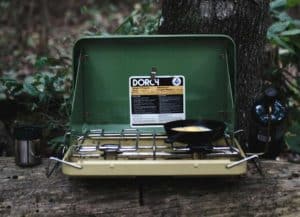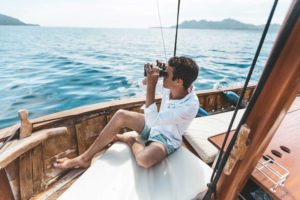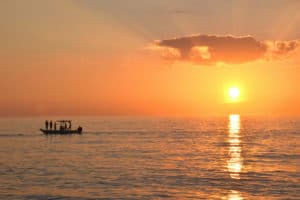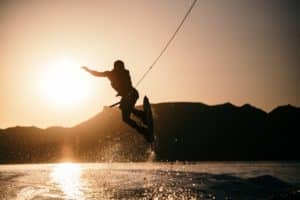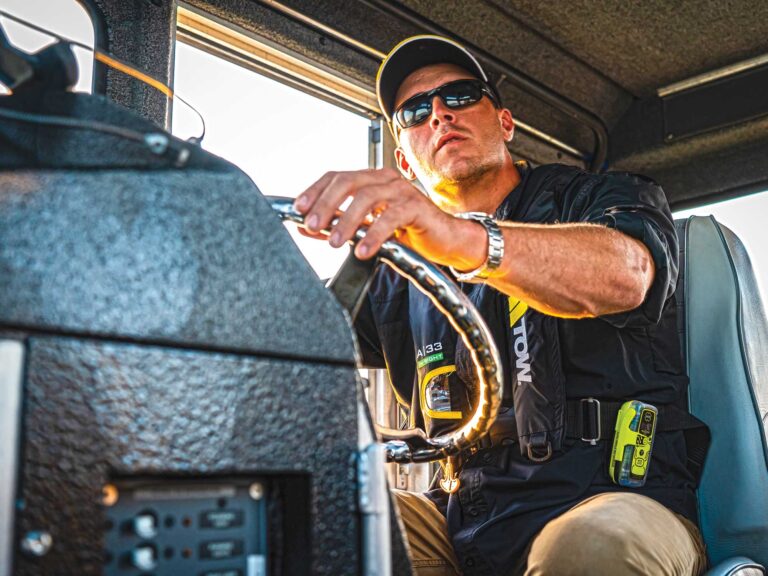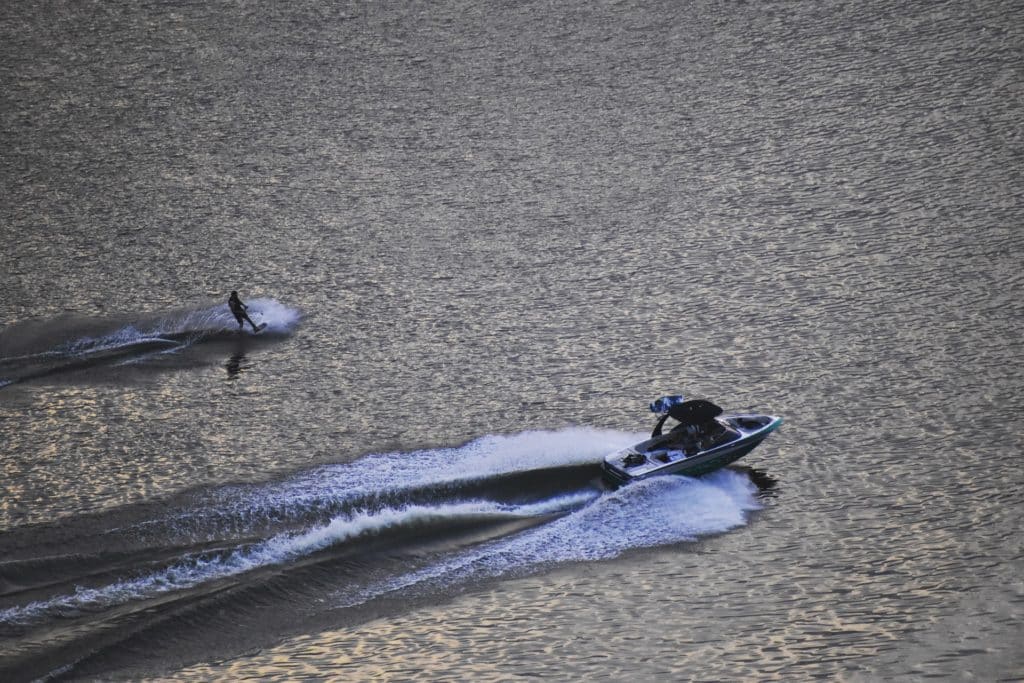
Board sports, like skateboarding and snowboarding, have a certain coolness factor. Add wakeboarding to the mix. Riders adopt a sideways stance atop the board and carve via heel and toe pressure. The boat’s wakes serve as launch ramps, propelling riders into the air where even more fun awaits. Ready to give it a shot…or looking to advance your riding? Here are three things to look for in your next wakeboard.
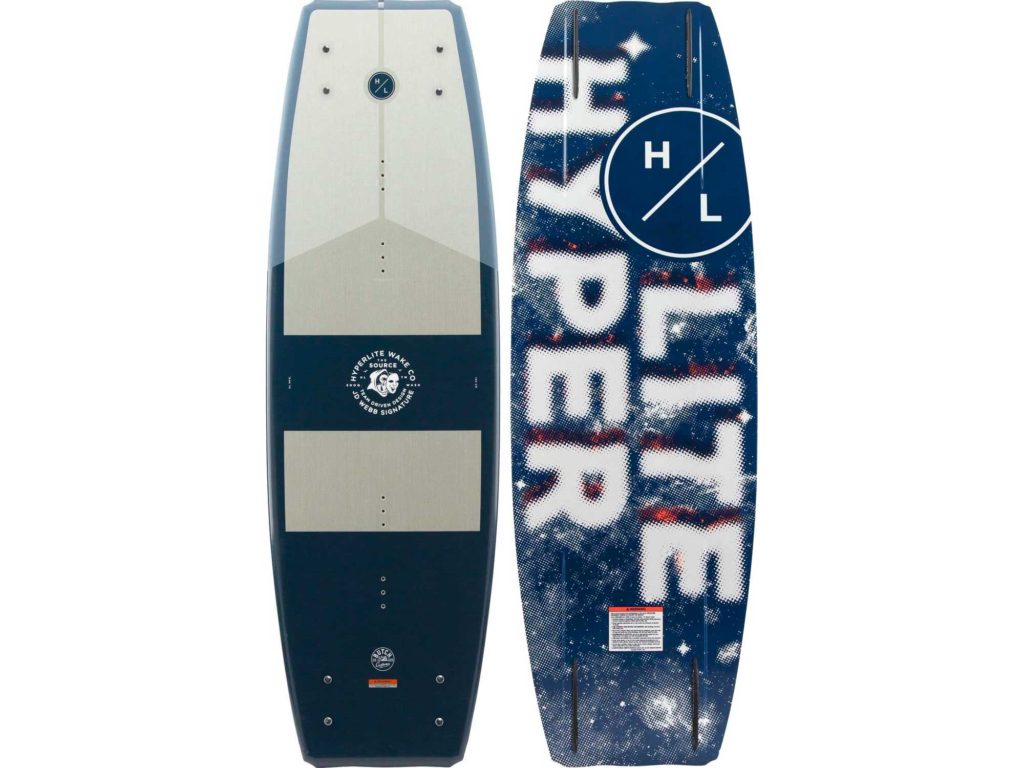
Lay a board on the floor and note the upward curvature at tip and tail. That’s known as rocker, and determines a lot about how the board will ride. More rocker typically results in more explosive pop off the wake and softer landings when touching down, boards with less rocker will typically glide better on the surface, produce less drag and carry more momentum after landing.
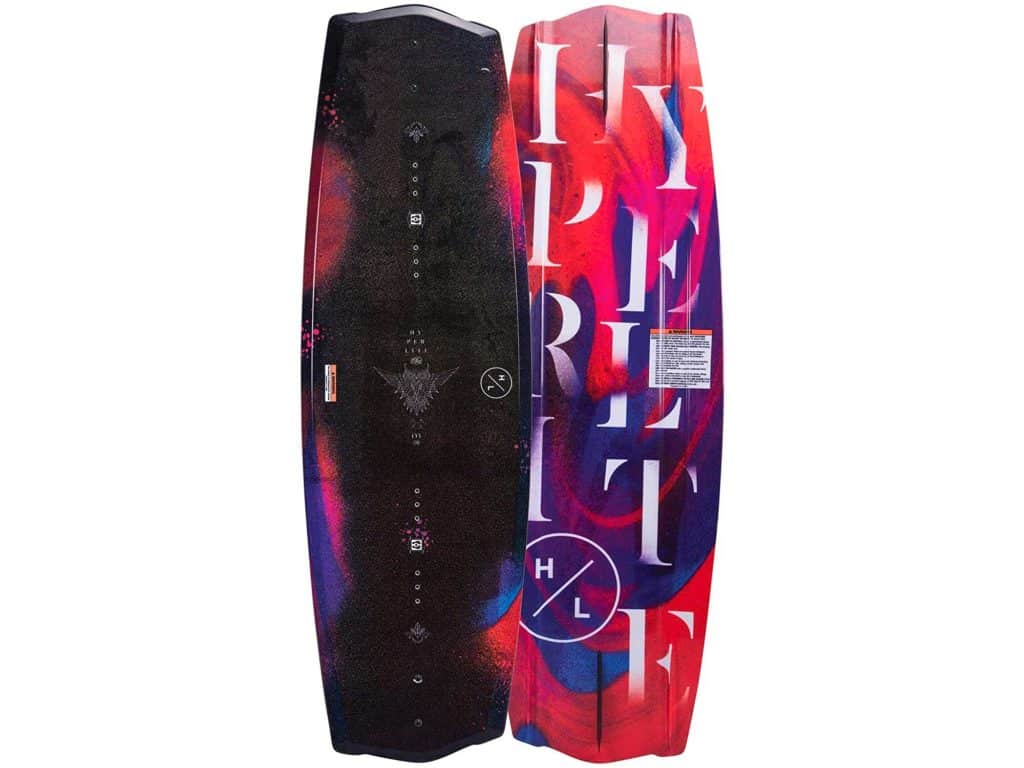
Fins and bottom surfaces determine a lot about how a board will ride on the water. Larger, deeper fin shapes will provide a more locked-in feel but limit the board’s playfulness. Smaller, shallower fins provide a looser feel. Channels, along with concave or convex areas likewise influence how water flows across the board’s base. More features typically result in a more precise tracking board, less features provide a more playful feel.
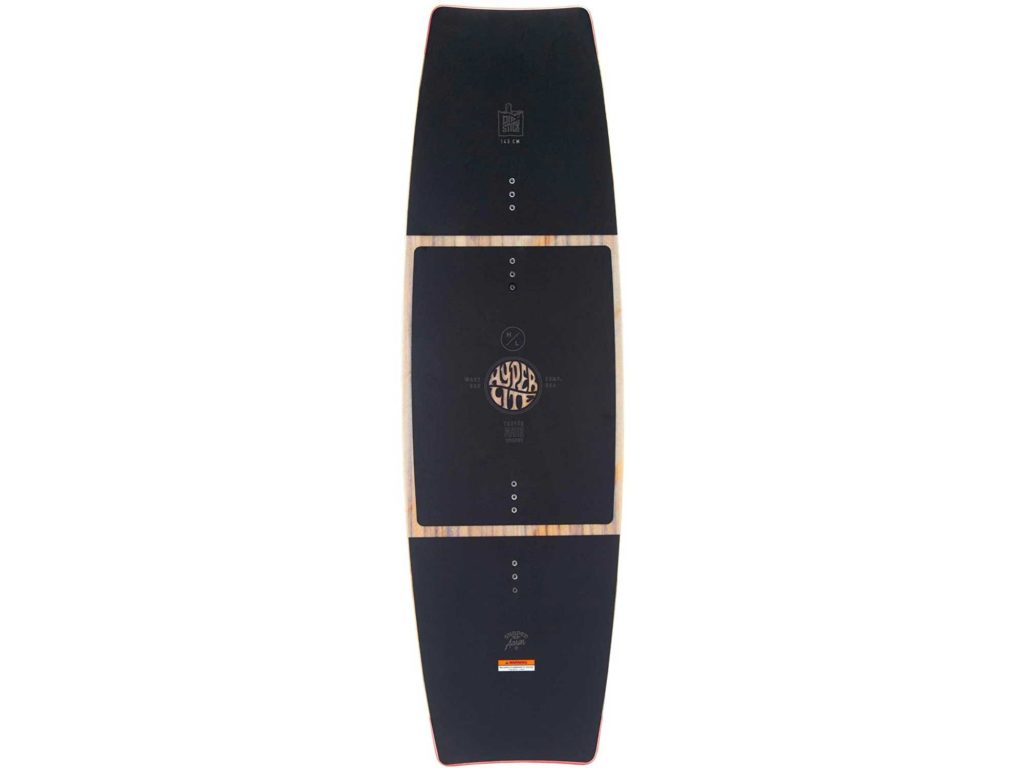
Historically heavier riders rode longer boards, simply because the additional surface area was necessary to float the rider atop the water. Longer boards are also known to be more forgiving, or softer feeling, upon landing as that increased surface area floats the rider higher atop the water. Height, however, also plays a role. A taller rider on a smaller board will have a higher center of gravity, which could result in more falls. In contrast, shorter riders riding too long a board may note it feels sluggish when edging and turning.
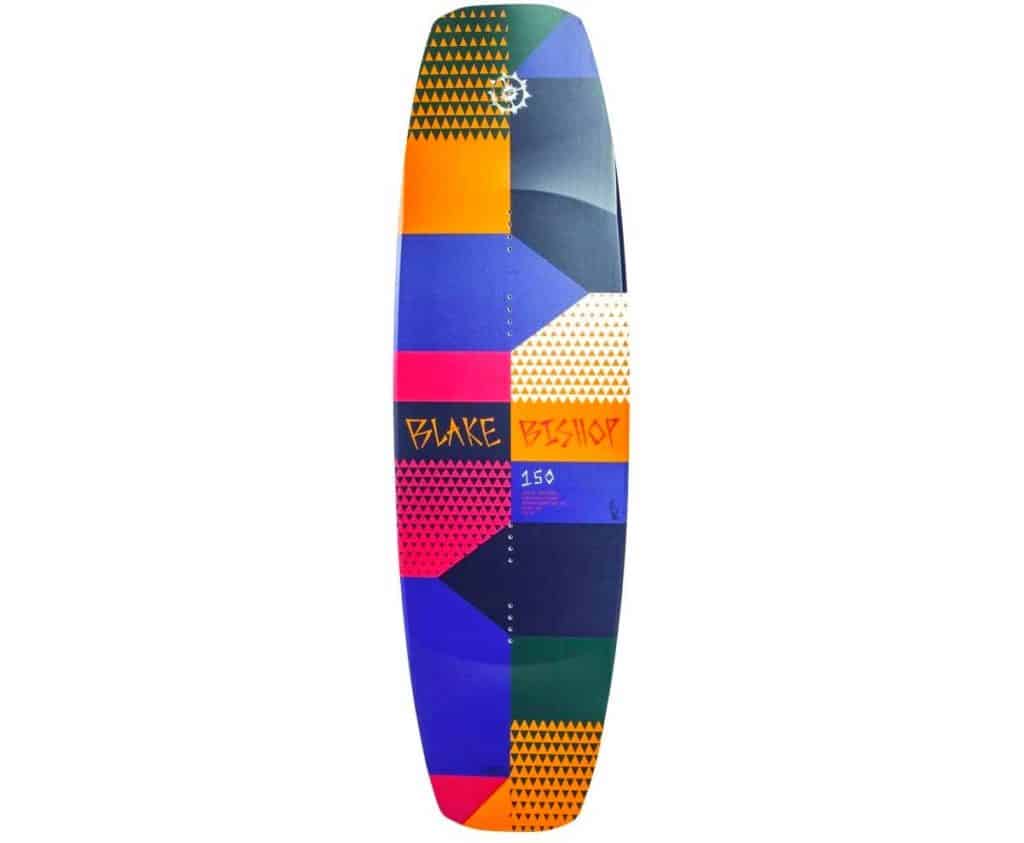
If you’re going to be predominately visiting cable parks, you’ll want to look for a board purpose-built for that. Typically, that means a wakeboard that can withstand the rigors of riding rails and kickers over and over.

